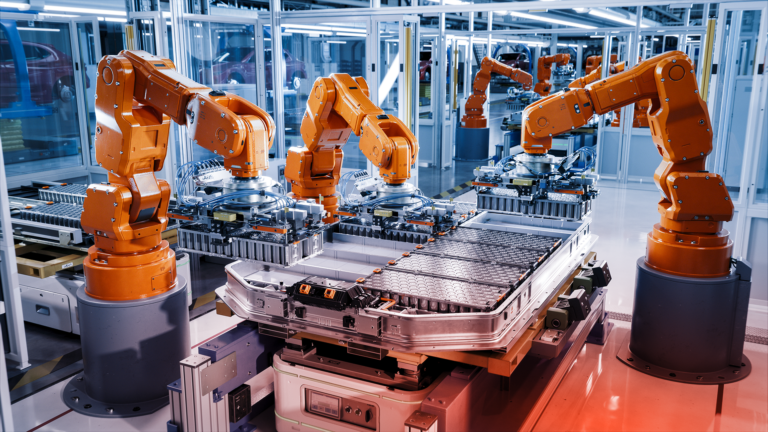Jun 11, 2024
Will industrial production be more successful in the future without PLCs?
In today's fast-paced industry, the ability to seamlessly adapt to new technologies and market demands is becoming increasingly critical for success. Manufacturers who want to lead the global competition need to establish seamless data flows within their production processes. This approach enables more efficient and flexible production that can respond quickly to changes and manufacture customized products efficiently. If a flexible infrastructure is crucial, then anything that is rigid, costly and time-consuming must be eliminated. And PLCs are increasingly being cited in this context. Why does the use of a PLC, whether physical or virtual, hinder progress in production?

The main obstacle to the use of PLCs is that the factory of tomorrow will achieve flexibility through seamless integration capabilities - and a PLC is not built to achieve this.
Three shortcomings characterize traditional PLC systems:
- Incompatibility with modern technologies
Many traditional PLCs are not able to seamlessly integrate with newer technologies such as AI co-pilots, cloud computing and big data analytics and fully support communication standards. However, these technologies are crucial for the realization of smart and connected production environments required for modern manufacturing processes. - Lack of scalability and flexibility
Manufacturers often face the challenge that traditional PLCs are limited in their capacity and functionality. Adding or modifying functionality can be expensive and complicated, limiting adaptability to changing production requirements. In addition, it is difficult to quickly reprogram PLCs to adapt to different products and processes. - Technical and operational limitations
PLC programming and maintenance requires specialized knowledge and can lead to significant operational disruptions if key personnel are not available. In addition, communication capabilities are limited by proprietary or outdated protocols, which hinders the flow of information and integration into modern production environments.
Economic benefits of replacing the PLC
If the PLC is replaced and hyper-convergent IT solutions are integrated instead, there are two significant economic benefits:
Cost savings
In August 2022, the consulting firm McKinsey found that 8% of the companies surveyed in the automotive industry plan to invest more than 500 million US Dollars in automation over the next five years1. This investment must be worthwhile. Ascon Systems found that a medium-sized car manufacturer spends an average of six million euros per year and plant on automation solutions (purchase, replacement, maintenance, modifications, etc.). On each line, there are PLCs that take care of controlling the machines themselves and others that control the process (sometimes you find a mix of responsibilities on a PLC, but that is neglected here). Depending on the use case a different share for controlling the machine and/or the process is needed. For some, perhaps only 5% is needed for process control, for more complex scenarios maybe 50%.
So let's assume that, on average, 30% is needed for process control and 70% for machine control. Let us now say that the first step is to replace only the PLC that controls the process (the 30%). Let us also presume that controlling the process via modern IT costs 25% less than controlling the process via PLC. Based on these figures, the conservatively estimated savings from replacing the PLC with IT are on average:
- Process control only = € 450,000 per year and system
- 100% replacement = €1,500,000 per year and system
Of course, one can find arguments why this is not realistic. However, the need to be more flexible, reaching the next level of automation and saving money should be motivation enough to do it.
Improved productivity and agility
Switching to modern IT-based solutions enables higher productivity through improved levels of automation and more efficient production processes. It also increases flexibility in production, which significantly improves the ability to respond to market demands and manufacture customized products in smaller batch sizes.
The progressive integration of modern technologies into the production environment is not only a way to increase efficiency and reduce costs, but is increasingly becoming a necessity in order to remain competitive on a global scale. Companies that become more flexible and adaptive in this way will be better positioned to respond to future challenges and benefit from the opportunities that arise.
Conclusion
If you want to remain competitive in the future, respond to the increasing shortage of skilled labor and further reduce costs, you need to think strongly about whether to stick with the old PLC-centric automation technologies or replace traditional OT with flexible IT technologies. This saves costs and at the same time creates the opportunity to incorporate AI co-pilots and data analytics directly into the manufacturing process. And all this at production costs in Germany, which is then competitive on an international level.
Find out more about how Ascon Qube can open a world of manufacturing without PLCs.
- McKinsey Study: Unlocking the industrial potential of robotics and automation ↩︎


